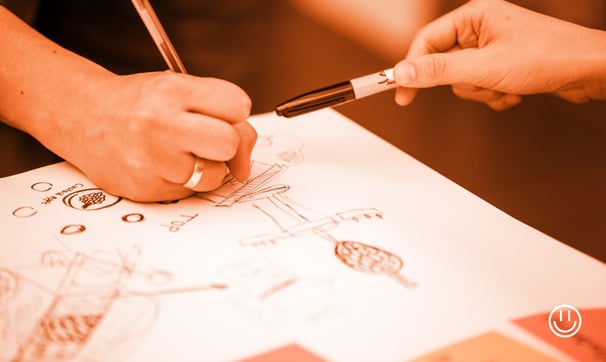Unveiling the Power of Earned Value Management (EVM) in Digital Project Management
SCRUMPROJECT MANAGEMENTINNOVATION


Digital projects, especially in UI/UX design, demand precise metrics for assessing progress and ensuring successful outcomes. EVM emerges as a beacon in this context, offering a systematic approach to gauge project performance and make informed decisions.
EVM is a sophisticated project management technique that compares the actual work accomplished against planned work, providing a quantitative assessment of project performance. It involves the integration of scope, schedule, and resource measurements to offer a comprehensive view of a project's health
Understanding Earned Value Management (EVM)
Significance in Project Management
Holistic Performance Assessment
EVM provides a holistic view of project performance, enabling project managers to assess progress comprehensively.
Future Performance Prediction
Variance Identification
By comparing planned and actual work, EVM identifies variances early, allowing teams to address issues promptly and avoid costly delays.
EVM's predictive capabilities empower project managers to forecast future performance trends, facilitating proactive decision-making.
EVM in Digital Projects - UI/UX Focus
In the realm of UI/UX design, where precision and user-centricity are paramount, EVM becomes a strategic ally
1. Precision in Design Timelines: EVM ensures that UI/UX design projects stay on track, adhering to planned timelines and minimizing delays.
2. Resource Optimization: By measuring earned value against planned value, UI/UX teams can optimize resource allocation, ensuring efficient design processes.
3. Client Satisfaction: EVM's ability to predict future performance aids in setting realistic client expectations and delivering projects that align with stakeholders' visions.
Design Systems and Their Significance
Integrating seamlessly with EVM is the concept of design systems. Design systems are the backbone of consistent and efficient UI/UX development.
1. Consistency Across Projects: Design systems ensure uniformity in design elements, fostering consistency across different digital projects.
2. Streamlined Collaboration: Teams working on various aspects of a project can collaborate seamlessly through shared design system components, enhancing efficiency.
3. Efficient Iterations: Design systems facilitate quick iterations and updates, aligning with the iterative nature of UI/UX design in digital projects.
In the dynamic landscape of digital projects, where precision and performance are non-negotiable, EVM emerges as a strategic tool. When paired with the systematic approach of design systems, it creates a robust framework for successful UI/UX endeavors. As project managers navigate the complexities of digital landscapes, embracing EVM and design systems becomes imperative for achieving not only project success but also client satisfaction and long-term business goals.

